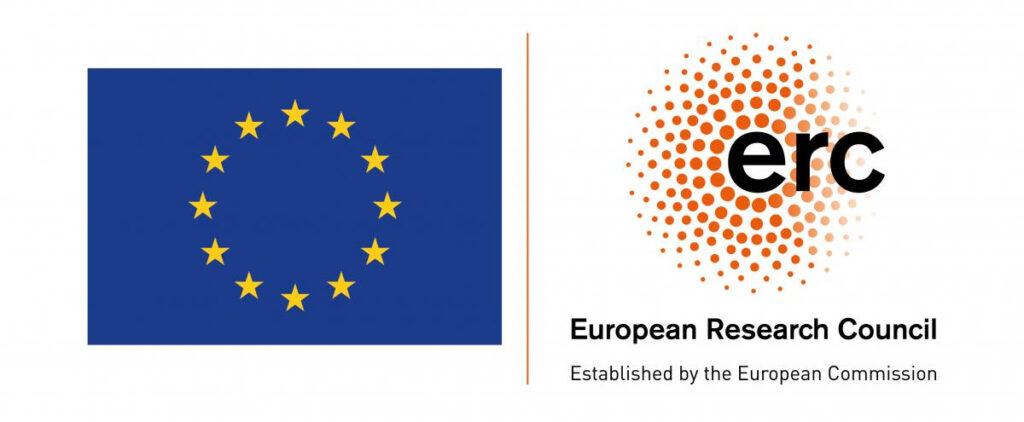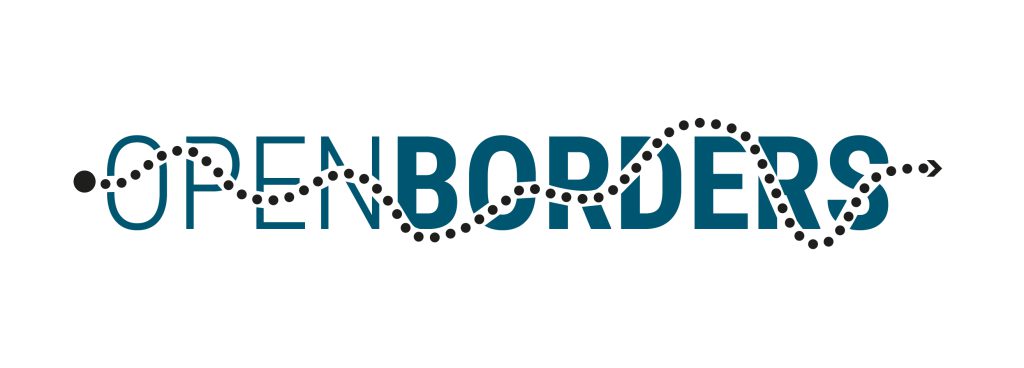Cold War Europe Beyond Borders. A Transnational History of Cross-Border Practices in the Alps-Adriatic area from World War II to the present
ERC Grant 101054963
Duration: 1. 1. 2023–31. 12. 2027
Coordinator at ZRS Koper: Borut Klabjan, PhD
Project’s budget: 2.474.330,00 EUR
Participating Institute at ZRS Koper: Institute for Historical studies
Project Summary:
This project aims at rethinking the history of Cold War Europe by examining the development of transnational cross-border cooperation between “East” and “West” from the end of World War II to the present. Overcoming traditional visions of a clear-cut European separation symbolized by the Berlin wall, a decentralized analysis of recent European history will show us that the question of a divided continent should be reframed. To do this, the project team will focus on the Alps-Adriatic region, a historical area that today is shared by Austria, Italy, Slovenia and Croatia. In the Cold War it was divided among socialist but non-aligned Yugoslavia, capitalist but neutral Austria, and NATO and EEC member Italy. Its development from the “southern end” of the Iron Curtain in 1946 to the “most open border” in the Cold War and a precursor to the present-day Schengen Europe, represents a paradigmatic case to study an alternative attitude towards borders, frontiers and boundaries in general. While traditional historical research has concentrated on the role of high-level politics and State-to-State relations to explain the divisions of the Cold War, by focusing on the interplay between top-down politics and bottom-up initiatives, the Open Borders project will offer a social history of Cold War Europe from a border perspective. Reconsidering European history from this transnational angle, both in terms of geographical and methodological perspectives, will allow us to rediscover the human face of European integration and will offer us a new platform for contemporary global discussions on sovereignty, territoriality and belonging and on the future role of borders in Europe and in the world.


 en
en Slovenščina
Slovenščina Italiano
Italiano